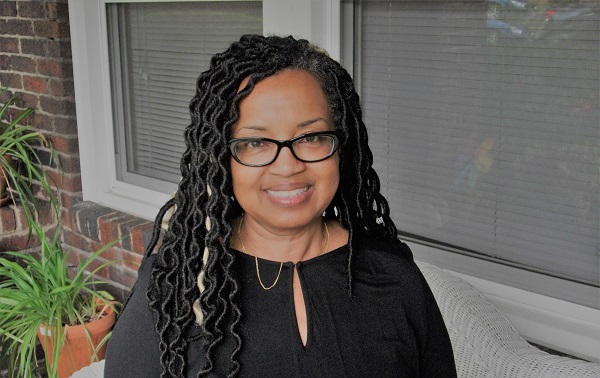
Opinion: Making a case for more family-friendly Black History Month programming
By Dr. Aisha White, director of the University of Pittsburgh’s P.R.I.D.E. (Positive Racial Identity Development in Early Education) Program
The debate about Black History Month is legitimate. One lonely, short month of learning does not offer enough time to study the history of the billions of people that encompass the African diaspora. Still, there is a way to take advantage of this special month and use it to reach an often-overlooked audience: Establish more Black History Month programming for young children. There are enormous benefits children ages 8 and under can gain from learning about their history, including developing a greater awareness of their race.
Unfortunately, the bulk of activities offered during Black History Month are geared towards adults. Imagine taking a young child to a scholarly lecture or to a two-hour documentary. Fidgeting, crying, requests for food, water, the bathroom — it has all the makings of a parenting disaster. Yet the information disseminated at these events is crucial to helping children develop affirming attitudes about their race.
Studies have shown that for African American children, knowing about their history is linked to having a positive racial identity, a quality that has been connected to affirming social, emotional, and academic outcomes. According to a 2002 study, 3 and 4-year-old children who experienced an Afrocentric home environment had greater recall of factual knowledge, improved behavior, and better problem-solving skills. February is an ideal time to begin exploring ways to use the month to replicate that environment for young children.
In our 2016 report Positive Racial Identity Development in Early Education: Understanding P.R.I.D.E. in Pittsburgh, parents who participated in focus group sessions complained that while they wanted their children to know about Black history, they lacked the knowledge and the skills required to access or share information about it in developmentally appropriate or engaging ways. They had not learned much about Black history in elementary, middle, or high school themselves. They also were somewhat unaware of the few events being offered at local places like the Carnegie Library, the Children’s Museum, and neighborhood Black organizations. Along with changing our thinking about Black History Month, we also need to change the way we reach out to audiences. More organizations should consider child-focused programming, and events should be promoted with the same vigor as exhibitions, performances, and lectures for adults.
Our research is focused on one city, but the findings are instructive for the entire country.
For a moment, imagine that the institution offering the scholarly book lecture thought more intentionally about serving the whole family. They could provide exciting, age-appropriate activities related (or not) to the lecture topic for children while parents enjoyed the speaker. On the way home, parents and children could have a conversation about what they each learned. Children could share the Black History product they created in their session (it’s kid-friendly, so of course they have to make something), and the learning and sharing would continue into the evening.
Black History Month programming is not the sole responsibility of institutions, however. While some activities may require planning and research, there are a variety of ways for parents and teachers to get involved and engaged.
Parents, think about using themes to make learning about history exciting. The picture book ‘Charlie Parker Played B-Bop’ is a perfect segue to a conversation about the famed saxophonist, jazz, and Black music. If you’re not ready to jump into a music history lesson, begin with a theme as simple as ‘family stories’. If you can, add information to your personal stories about the problems people faced during the time period. Stay honest and share age-appropriate facts about the discrimination predecessors faced and the many ways they resisted.
Teachers, create activities that start before slavery. Black life, like all life, began in Africa, home to more than 50 countries and countless captivating topics. Try helping students understand that Egypt is a country in Africa. Share information about the people, their accomplishments, and the ways they exchanged knowledge and skills with Nubians in southern Egypt and the Sudan. And, just imagine the range of art activities you could develop with an Egypt theme.
Black History Month is about more than remembering well-known historical figures who came before us. For Black children, it’s about helping them learn about the experiences of African people across the globe in ways that make them feel good about their race, ethnicity, and heritage so that they can feel good about themselves too.